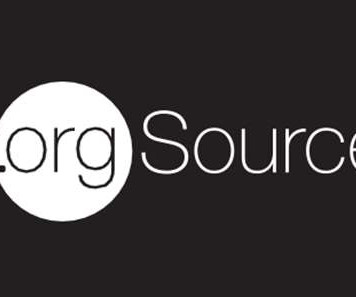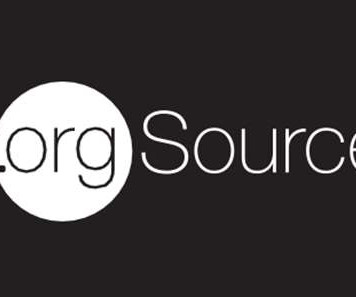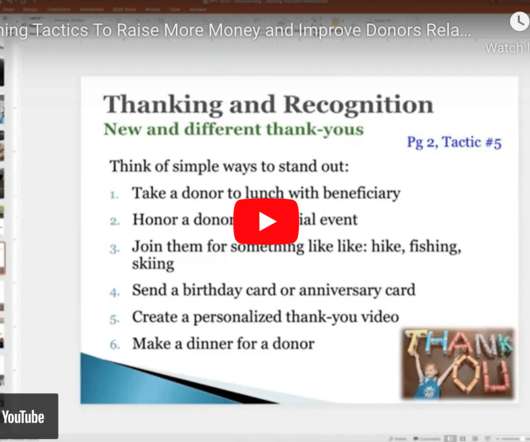Are Marketing and Membership at Opposite Poles? Take the Journey to Collaboration
.orgSource
FEBRUARY 12, 2024
Content is easier to produce and more effective when all communicators understand the desired outcomes.” Don’t tolerate hidden agendas, negative attitudes, or behavior that’s disruptive to the group. A facilitator can help sort through obstacles and guide people toward effective interaction. Be clear about accountability.

















Let's personalize your content